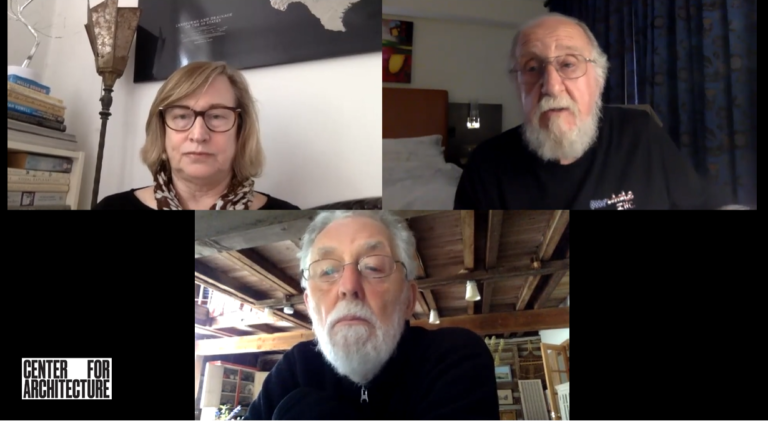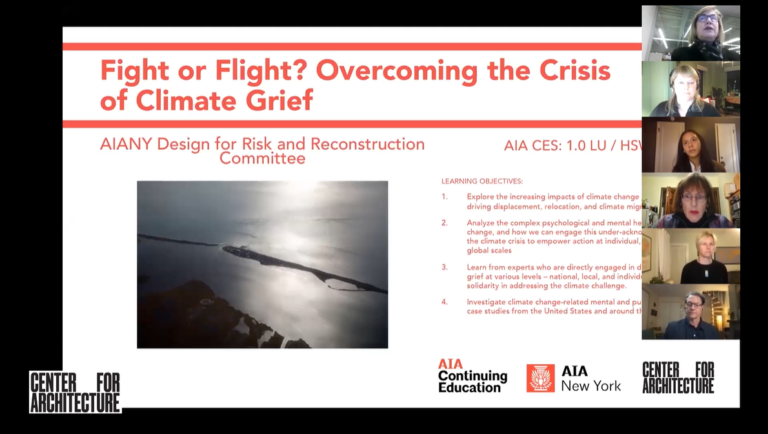During the summer of 2021, the Northeast experienced unprecedented hurricanes and intense rainfall, causing extreme flooding and more than 40 deaths. Many of the deaths in New York City occurred in illegally converted basement apartments, while others in the Tri-state Area occurred as drivers were swept away with their vehicles. The storms disrupted public transportation, stranding passengers as subway stations filled with water. Video footage of water pouring onto underground platforms and cascading down exit stairs went viral, underlining the fact that it was only luck that kept passengers from being trapped below ground while flood levels rose.
This program brings together experts in climate resilience planning, public housing, earth science, and engineering to discuss these issues. What can we expect in the future as climate change remains unchecked and increased density makes the City even more vulnerable? How can we account for intense rainfall as well as the whole gamut of climate disasters that impact the City? How can our existing infrastructure and vulnerable sites be re-planned, designed, and, most importantly, maintained, to mitigate the increasing impacts of extreme weather events?
Julie Conroy, AICP, Lead Climate Resilience Planner, Ramboll
Rob Freudenberg, Vice President, Energy & Environmental Programs, Regional Plan Association
Klaus Jacob, Special Research Scientist, Lamont-Doherty Earth Observatory, Columbia University
Franco Montalto, PE, PhD, President and Founder, eDesign Dynamics; Professor, Department of Civil, Architectural, and Environmental Engingeering, Drexel University
Joy Sinderbrand, Vice President of Recovery and Resilience, Capital Projects, NYCHA
Moderator:
Breanna Gribble, Senior Resilience Manager, STV



